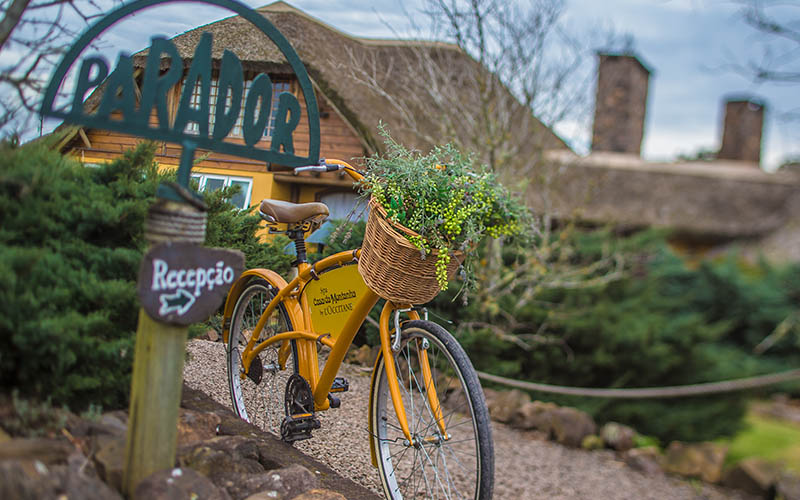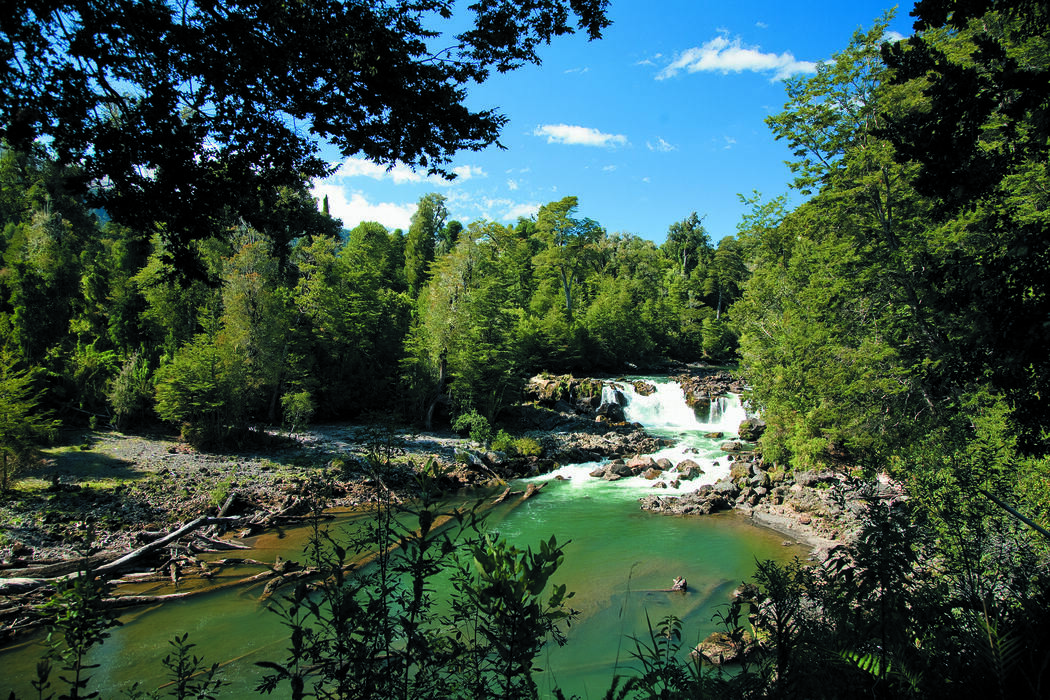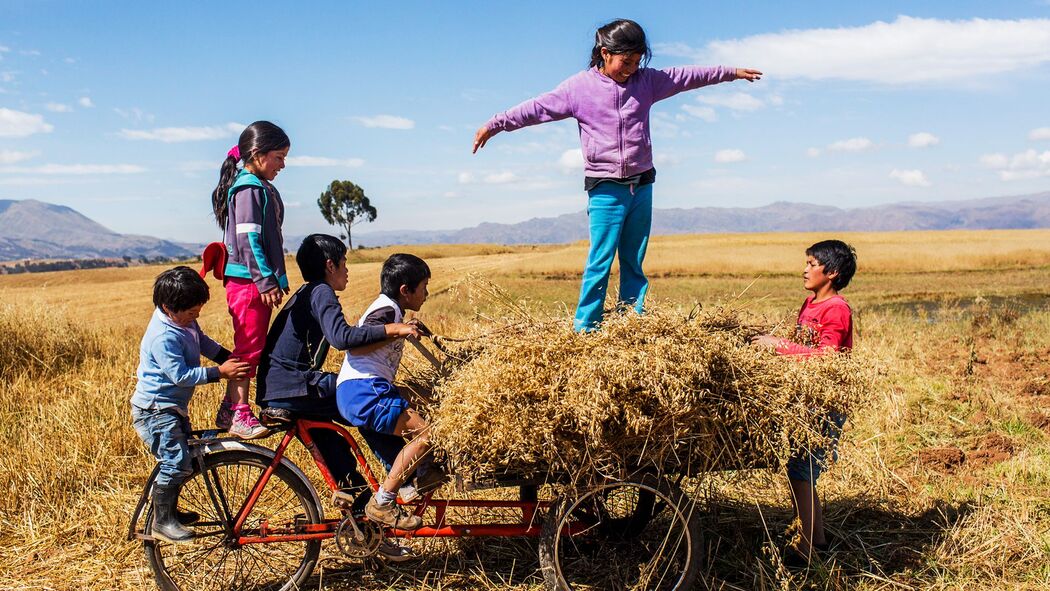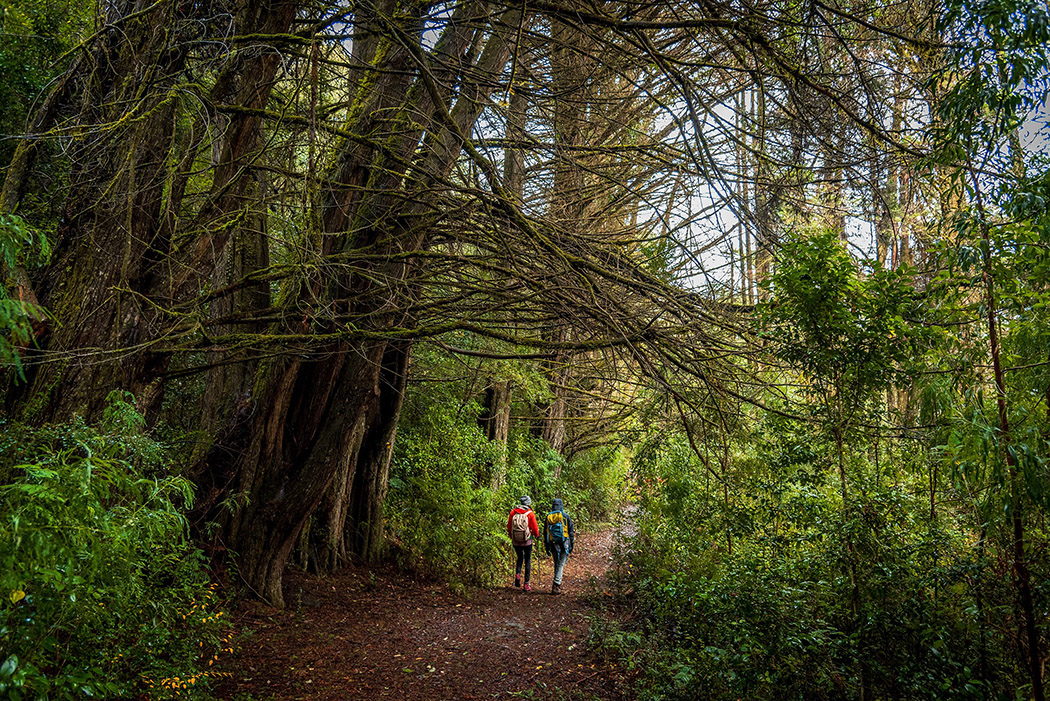Interview with REMOTE Member : Rafael Peccin, Marketing Director of Casa Hotéis.
This year, the privatization of the Serra Geral and Aparados da Serra National Parks was announced, with a concession of another 30 years in which R$ 262mi will be invested in 30,000 hectares of area. With the promise that the parks will be re-equipped and have their infrastructures upgraded, we talked with REMOTERs of Parador Cambará do Sul, guardians of the canyons’ natural wonders for 20 years .
1) How did you receive the news about the privatization of the hotel’s garden?
We’ve been waiting for this news for over 20 years. We believe this is a historic moment, not only for the municipality of Cambará do Sul, but for Rio Grande do Sul as a whole, and for Brazil too. The parks are located on the border between Rio Grande do Sul and Santa Catarina and the visitation areas cover parts of the two states. The investment will not only come from the company that will manage the parks, but also from the states that will improve access. The paving of Serra do Faxinal, the interstate that links Praia Grande in Santa Catarina to Cambará do Sul in Rio Grande do Sul, will make the road a scenic route and an important thoroughfare connecting the two states and, consequently, the rest of Brazil, which reaches Rio Grande do Sul along the coast. The new provider took on the challenge of making these parks the best in the country. The objective is for it to be a model for the entire world, so our expectations are high.
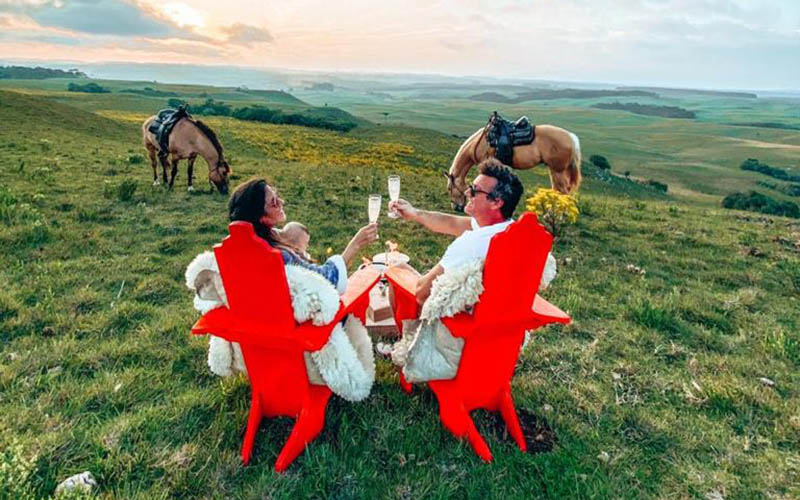
2) Admission, which had been free of charge, will now be paid, with a maximum price of R$80, among other commercial aspects. How does this impact the local community?
I believe the impact will be positive: as soon as you charge for admission to the parks, that means that the company will have to offer compensation: it will need to improve the service, it will need a labor force to work, it will need to structure the operation within the park and attractions. The more infrastructure and attractions the park has, the more it will generate income and jobs for the community.
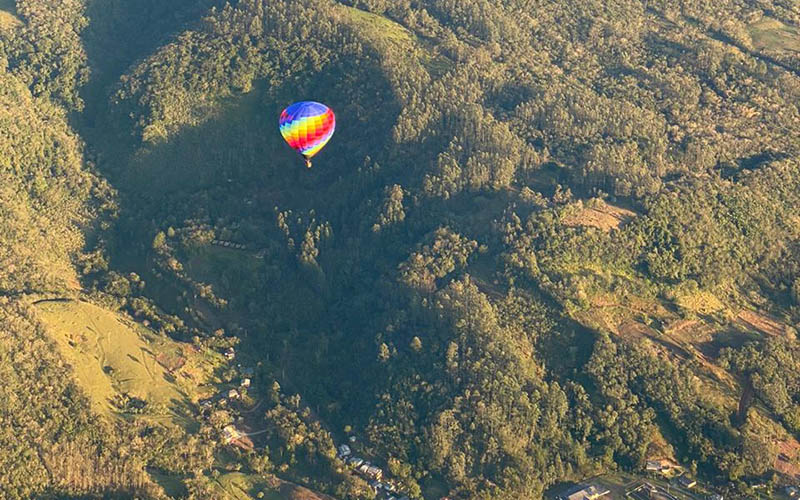
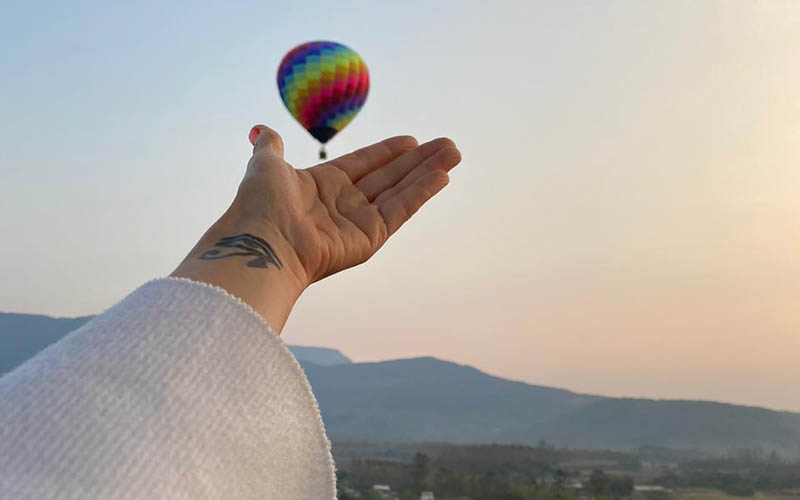
3) Many REMOTER members design their hospitality around Nature Based Tourism, guiding their experiences in deep contact with local nature. Doesn’t the fact that this progress comes with the promise of stores, restaurants, picnic areas and even glampings mean that visitors seeking peace and privacy might be driven away?
On the contrary. Today, the national parks are literally in a state of abandonment. There aren’t even adequate bathrooms for visitors, in addition to other features of basic infrastructure, such as dumpsters, trails with proper safety and supervision. In other words, the way things are, they don’t even attract so-called “ecotourists,” who are looking for this type of activity, let alone traditional tourists, in addition to generating an uncontrolled environmental impact. What the best models of national parks in the world do is precisely this: they create an infrastructure for the park to be a tourism visitation hub for all visitors, like Yosemite National Park in the US. The purpose of this concession is precisely to survey what is for the tourists and what is the untouchable preservation area. The National Park has thousands of hectares that will be preserved and the tourist part will be structured for visitation with low environmental impact.
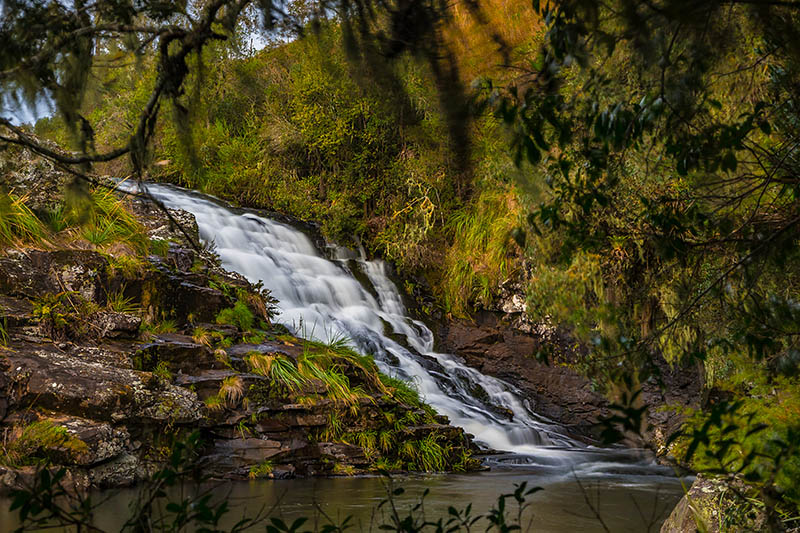
4) With the investment plan, the projection is that visitation on weekends will triple. Do you have any tips on the best time of year for those who want to avoid crowds?
The successful national parks around the world have their visitation peaks just like any other destination, during the vacation periods and long holidays. But there is constant visitation, as they offer adequate infrastructure to receive visitors, in addition to the natural wonders. It shouldn’t be any different here. I believe we will have perennial visitation, as is already the case in Cambará do Sul, with tourists coming here all year round. It’s different from a seasonal attraction, which depends on a climate situation or a specific time of year. The canyons and the waterfalls are there all four seasons of the year. In addition, the parks are very large and they’ll be prepared to receive a lot of people. In fact, charging the price of admission will already be a way to have more control.
5) What’s the best way to combine an itinerary to visit the Parador and the Wood Hotel, for those who want to really explore the region well?
I always say that Rio Grande do Sul, especially the Serra Gaúcha, offers a very unique travel experience: it’s possible to see the canyons and nature in abundance, to enjoy the quality entertainment, shopping and restaurant options in Gramado and Canela and also visit the wine-producing region of Bento Gonçalves. This doesn’t exist anywhere else in the world in such a small radius and you can do it all in just a few days. This is the best of the worlds: to be able to be in at least two of these destinations, with incredible hotels, to and allow tourists to vacation in Brazil, having completely different scenarios and distinct experiences.
